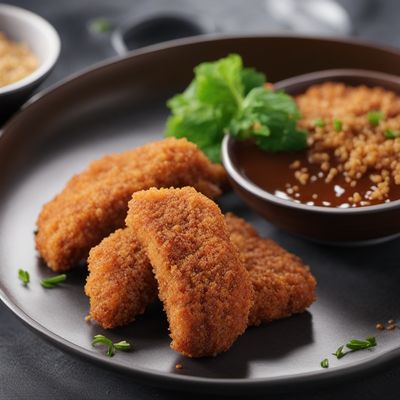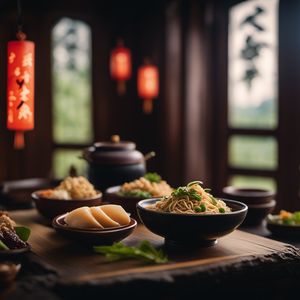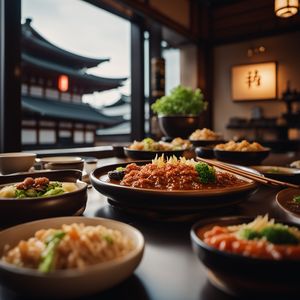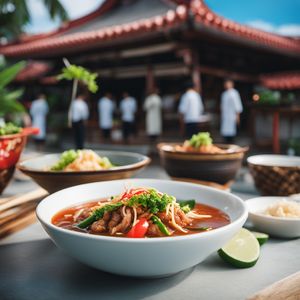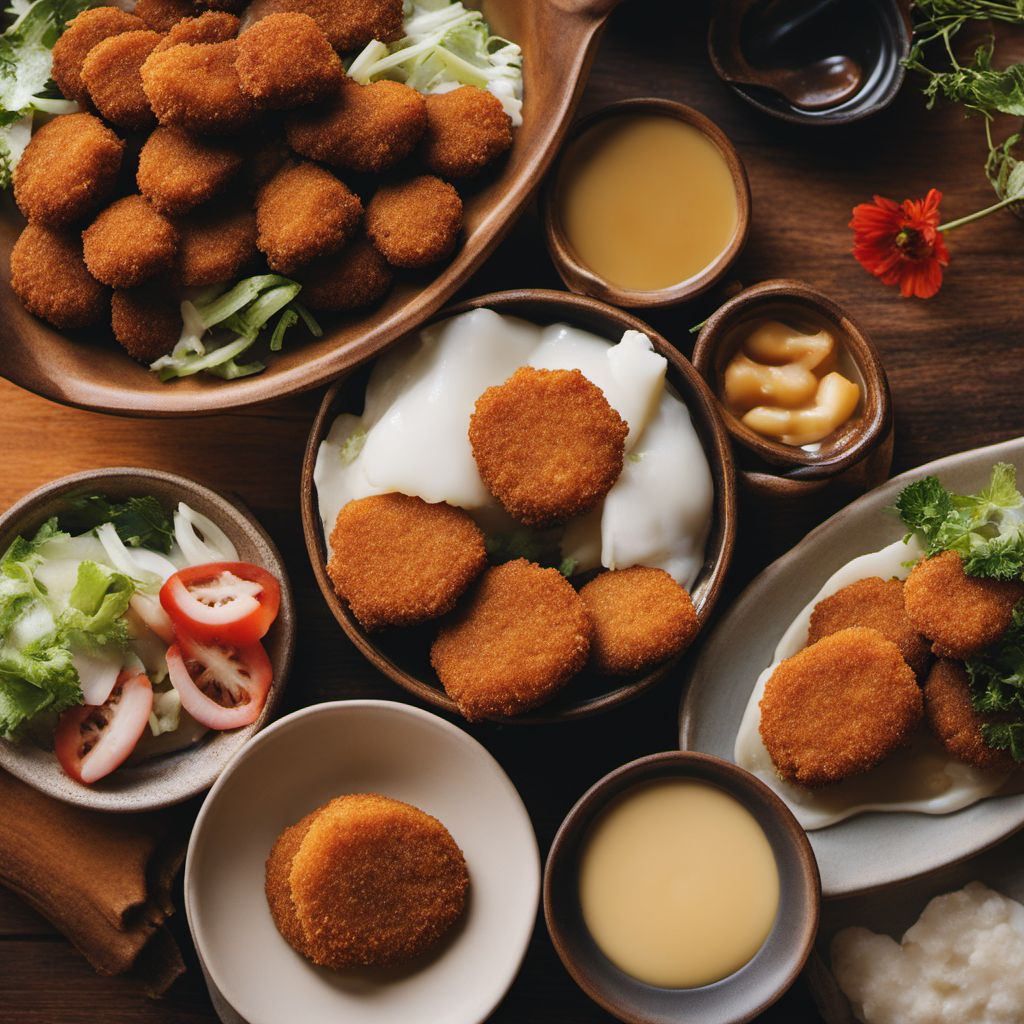
Dish
Korokke
Korokke can be made with a variety of fillings, including beef, chicken, shrimp, or crab. The mashed potatoes give the filling a creamy texture, while the breadcrumbs add a crispy crunch. Korokke are often served as a snack or appetizer, but can also be served as a main dish with rice and vegetables.
Origins and history
Korokke originated in Japan in the early 1900s, and were inspired by French croquettes. They have since become a popular snack food and street food in Japan, and are often sold at festivals and fairs.
Dietary considerations
Korokke can be made gluten-free by using gluten-free breadcrumbs or panko. They are also a good source of protein and carbohydrates, making them a filling and satisfying meal.
Variations
There are many variations of korokke, including vegetarian versions made with tofu or vegetables instead of meat or seafood. Some recipes also call for adding cheese or other ingredients to the filling.
Presentation and garnishing
Korokke can be presented in a variety of ways, from a simple pile on a plate to a more elaborate presentation with dipping sauces and garnishes. They can be garnished with fresh herbs, sesame seeds, or other toppings to add flavor and visual interest.
Tips & Tricks
To make korokke extra crispy, be sure to fry them in hot oil until they are golden brown. You can also experiment with different fillings and dipping sauces to find your favorite flavor combinations.
Side-dishes
Korokke can be served on their own as a snack or appetizer, or as a main dish with rice and vegetables. They pair well with a variety of dipping sauces, including tonkatsu sauce, soy sauce, or mayonnaise.
Drink pairings
Korokke are often served with green tea or other Japanese teas, but they also pair well with light beers or crisp white wines.
Delicious Korokke recipes
More dishes from this category... Browse all »

A-gei
Taiwanese cuisine

Abará
Brazilian cuisine
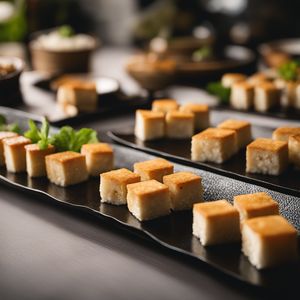
Aburaage
Japanese cuisine

Acciughe sotto pesto
Italian cuisine

Accra
West African cuisine

Aggala
Indian cuisine
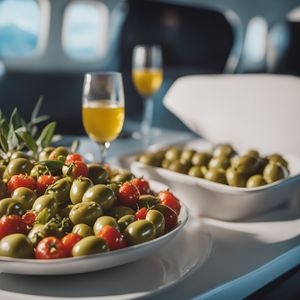
Airplane Olive
Greek cuisine
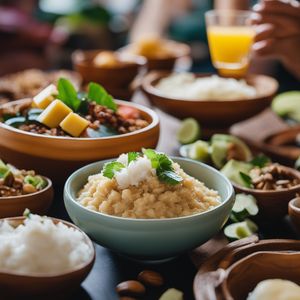
Alaisa fa'apopo
Samoan cuisine

